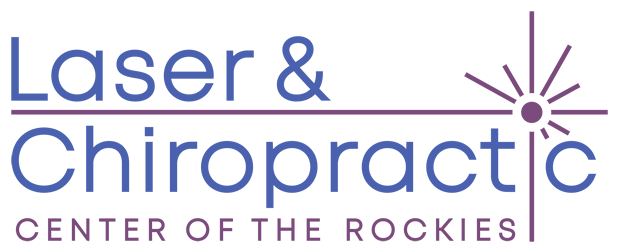Why Are Food Allergies So Hard to Diagnose?
According to researchers, up to 15 million Americans have food allergies. One big group impacted by these allergies is our children. This potentially deadly disease affects 1 in every 13 children (under 18 years of age) in the U.S. That’s roughly two in every classroom.
The study released in 2013 by the Centers for Disease Control and Prevention highlighted that food allergies among children have increased approximately 50% between 1997 and 2011 and they have no clear answer to why.
I have patients come into my clinic that have had prior allergy testing done on them. I commonly hear them comment, while holding their tests results in hand, “This says that I’m not allergic to _______ (insert an allergen), yet I know when I eat them I have a reaction.” For many, this is extremely frustrating.
50-60% Failure Rate
Common testing for food allergies are done via Skin Prick or Skin Scratch Tests. For this test, a person’s skin is scratched by the doctor with a tiny bit of liquid extract of an allergen (such as pollen or food). Following a waiting period (usually 15 minutes or so) the doctor will note the formation of any reddish, raised spots (called wheals) and make the diagnosis of an allergy.
Perhaps the biggest shortcoming of this type of testing lies in the fact that many food-related allergies can be delayed 24-48 hours. This means that the allergic symptoms that you are dealing with today may have been caused by something that you ate two days ago. If your allergy doctor is checking for reactivity only 15 minutes after he tests you, obviously he is going to miss those reactions that are delayed longer than that.
Another common method of testing for food allergies is by evaluating the patient’s blood. Blood tests measure the presence of IgE antibodies to specific foods. (IgE, short for “immunoglobin E,” is the antibody that triggers food allergy symptoms.)
Not all food allergies that occur involve IgE. The symptoms of this type of food allergy are usually slower to develop and longer lasting than those of classic food allergies. This means that some of your allergic symptoms may be triggered by things that come back a “negative” for IgE response in your blood.
Alarmingly, about 50-60 percent of all blood tests and skin prick tests will yield a “false positive” result. This means that the test shows positive even though you are not really allergic to the food being tested.
With such a large percentage of traditional food allergy testing being unreliable, many allergy sufferers have turned to alternative methods seeking relief.
Applied Kinesiology (commonly referred to as Muscle Testing) is one method for evaluating the body’s response to food and environmental allergens that is gaining ground and proving to be safe and effective method for identifying allergies and sensitivities.
NAET (short for Nambudripad’s Allergy Elimination Technique) has been helping people with allergies and allergy-related conditions since 1983 with amazing results. I have experienced NAET personally, as well as have used it clinically for over 16 years with many exciting and humbling results. For many clients, it has worked when nothing else seemed to.
Notes:
- Applied Kinesiology was first discovered in 1964 by Dr. George Goodheart, DC. Since its discovery it has been used in a variety of healthcare practitioners such as Medical Doctors, Osteopathic Doctors and Chiropractic Doctors.




